Currently, the main fighter of the Saudi Air Force is the F-15SA Eagle while the Iranian side is the F-14A Tomcat, both of which are American-made.
Iran and Saudi Arabia have a long hostile relationship. Both countries are believed to have played a role in conflicts in the Middle East region and political crises in Syria, Lebanon and Iraq. Currently, the main fighter of the Saudi Air Force is the F-15SA Eagle while the Iranian side is the F-14A Tomcat, both of which are American-made. In a potential military confrontation, most likely for the first time in history, two top American-made fighters will face each other, F-14 and F-15 who will prevail?
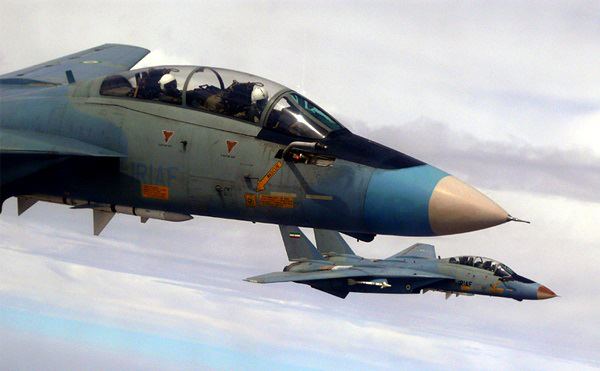
The main force of the Royal Saudi Air Force is currently 150 F-15SA multirole fighters, an export variant based on the F-15E Strike Eagle with the addition of ground attack capabilities, while also significantly increased air power. The F-15SA is equipped with very modern avionics equipment, most notably the AN/APG-70 passive electronically scanned array radar. It can detect large bombers from a range of 300 km or 195 km with fighters, track 14 targets and guide missiles to destroy 6 targets simultaneously. In addition, the F-15SA is equipped with an advanced tactical electronic warfare system, providing comprehensive protection against threats.
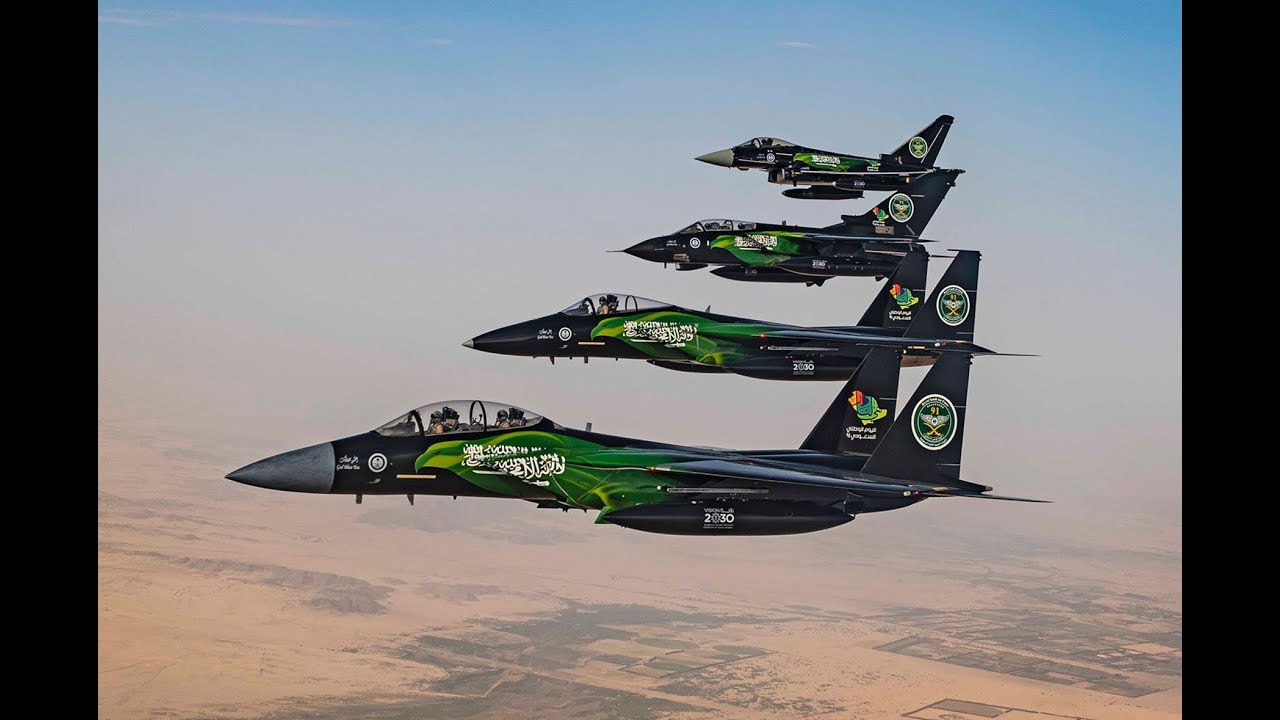
Iran is the only air force outside the US that operates F-14 Tomcats. This swept wing fourth generation fighter was developed in parallel to the Eagle, and had a highly similar role. The Tomcat was considerably heavier however and could deploy more powerful sensors, which combined with its short takeoff capabilities made it ideal for protecting the U.S. Navy’s carrier strike groups from potential air attacks.
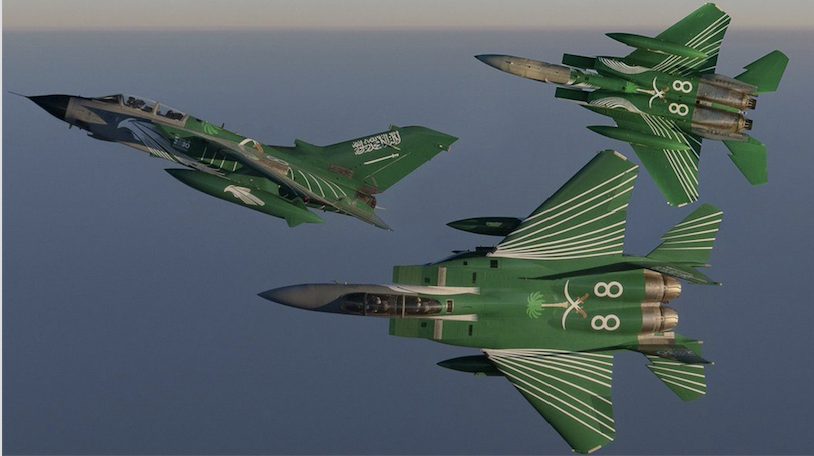
Royal Saudi Air Force F-15C Eagles Perform Manoeuvres with Tornado Jet
The Iranian Air Force is said to be operating 44 Tomcats purchased in the 1970s. Compared to modern F-15SAs, the Iranian F-14As are clearly weaker in long-range aerial combat. Specifically, Iran’s F-14A is still only equipped with the old generation AN/AWG-9 radar with outdated analog technology, not AN/APG-71 like the US Navy’s F-14D. The detection range of an AN/AWG-9 bomber-sized target is only 160 km. Although there is information that Iran’s F-14A has been supported by China in the modernization process, it is most likely just a software conversion package and some electronic equipment to be compatible with weapons made by Russia and China.

Both the Eagle and the Tomcat have since the 1970s undergone extensive upgrades. Iran claims that more than 250 modifications have been made to the F-14, including the integration of new sensors and a more powerful radar, new avionics, electronic warfare and fire control systems, and new Fakour-90 missiles to replace the AIM-54. These indigenous Iranian missiles retain a range estimated at between 250-300km. Saudi Arabia’s F-15SA has been upgraded with powerful avionics, electronic warfare systems and sensors, also compatible with the AIM-120C air to air missiles with range of 105km and fire and forget capabilities.
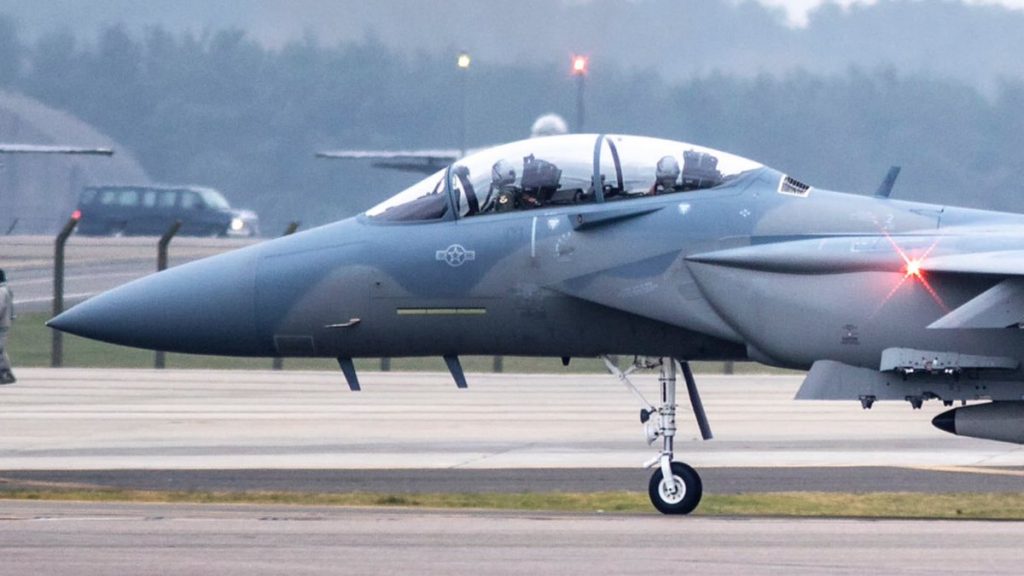
The F-15 was developed as an air superiority fighter. The F-14 is used as an interceptor, for air superiority, and as a multirole combat aircraft. In a dogfight the F-15SA has the advantage of being highly maneuverable, the F-15’s ability to turn abruptly at high speed is said to be superb. Meanwhile, due to the focus on long-range air combat capabilities to intercept Soviet strategic bombers, plus the variable swept wing design, made the F-14 quite difficult to perform complex aerobatics.
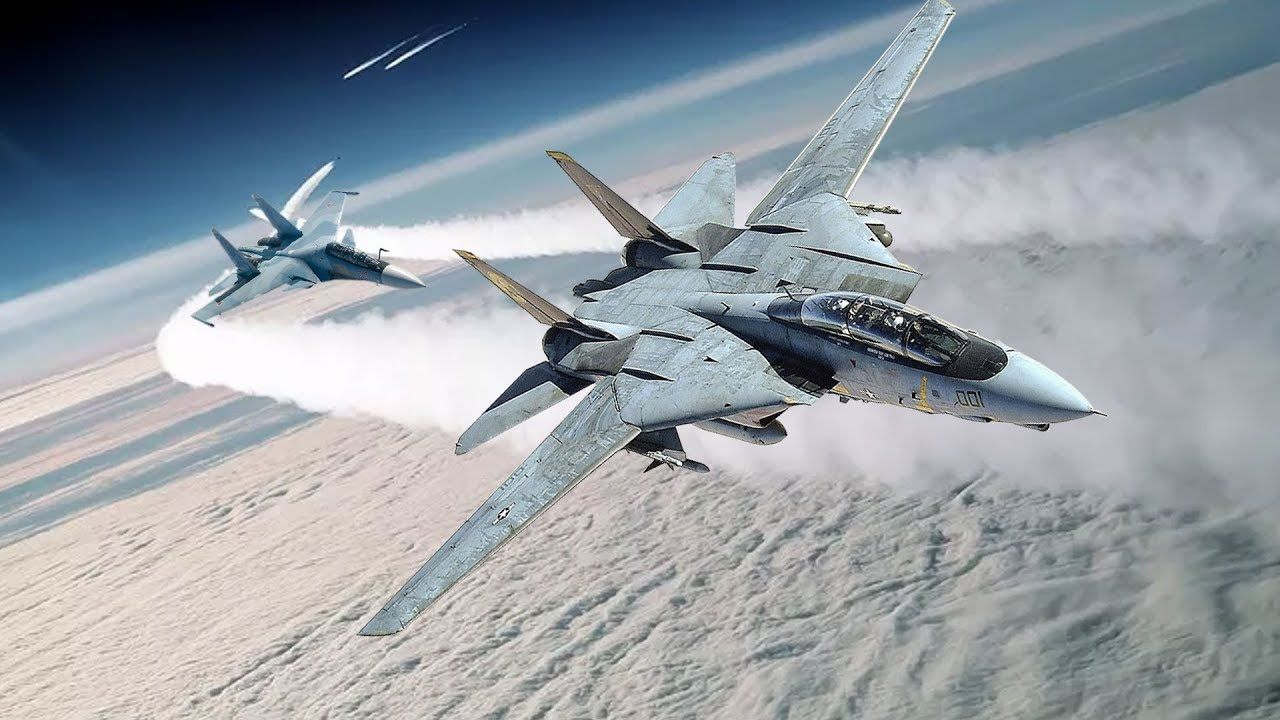
Regarding which party would be best placed to claim air superiority, a number of critical factors must be considered. Saudi Arabia’s F-15SA supported by advanced air𝐛𝐨𝐫𝐧e early warning and control system aircraft, as the E-3 Sentry. These systems deploy far heavier and more powerful radar systems than fighter aircraft and when working alongside fighters squadrons are key to providing high situational awareness and coordinating offensive and defensive operations by multiple fighter squadrons. Iran’s lack of AWACS systems puts it at a great disadvantage.
The Saudi F-15SA is supported by a large air force that includes the Eurofighter Typhoon, Panavia Tornado, and the F-15C Eagle. They are capable of deploying considerably more AIM-120C missiles each and make use of advanced active electronically scanned array radars – which provide considerably superior situational awareness.
While facing vast disadvantages both numerically and due to a lack of AWACS, Iran’s F-14s retain a number of advantages for beyond visual range engagements. With each deploying up to six Fakour-90 missiles the fighters can engage Saudi Eagles extreme ranges of over 250km – well beyond retaliation range. The AIM-54 demonstrated high precision against fighter sized targets far smaller than the F-15 at extreme ranges, and the Fakour-90 is expected to be considerably more precise still than its American predecessor which was developed in the mid 1960s. If only comparing the features alone, Iran’s F-14A has almost no chance of winning against Saudi Arabia’s F-15SA, but it should be recalled that in addition to technical factors, tactics also play an extremely important role, even deciding success or failure. The situation in the Middle East is still very complicated today, and surely both sides will find ways to avoid military conflict. Hopefully we won’t have to witness a “historic confrontation” between the F-14 and the F-15.
Soucre: military-wiki.com





